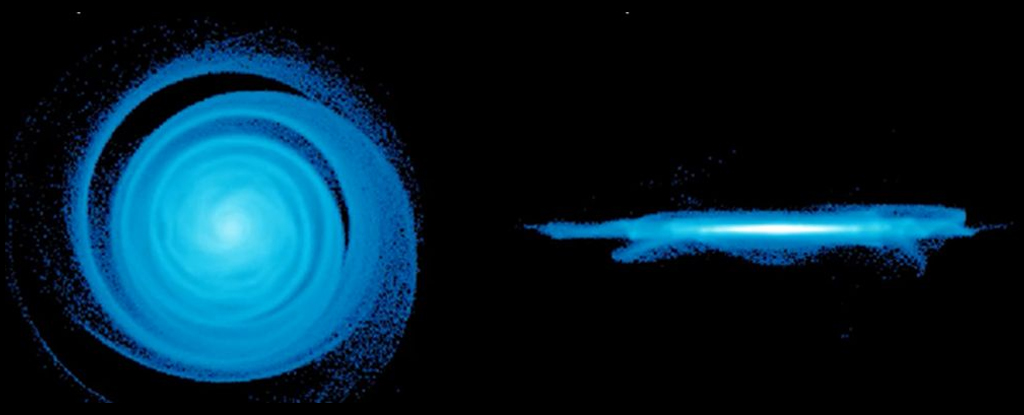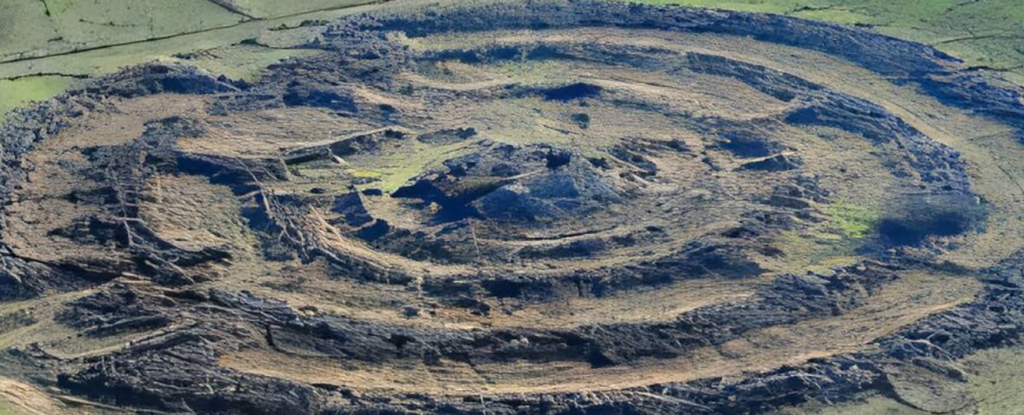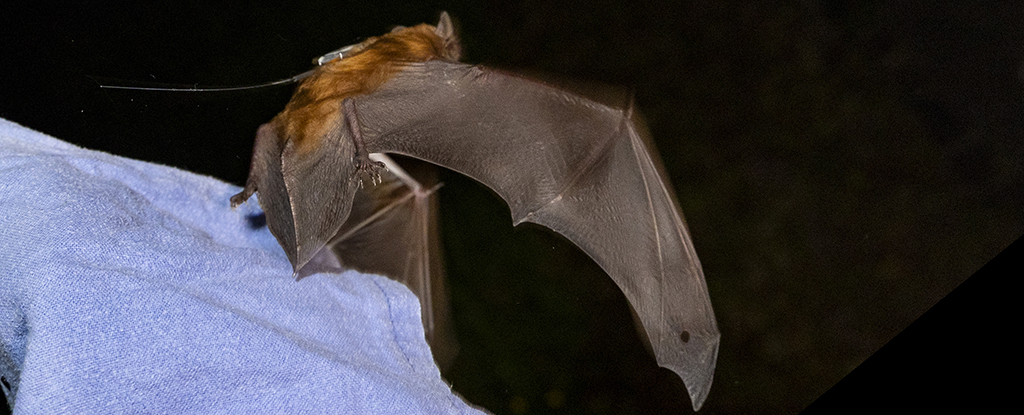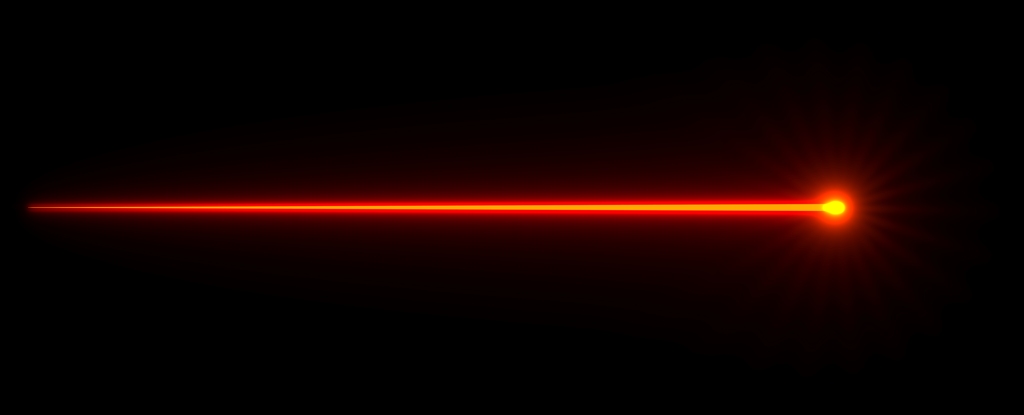Astronomers have detected pond-like ripples across the gaseous disk of an ancient galaxy.
What caused the ripples, and what do they tell us about the distant galaxy’s formation and evolution? And whatever happened, how has it affected the galaxy and its main job: forming stars?
This discovery concerns the oldest known spiral galaxy. It’s over 12 billion years old, and it’s called BRI 1335-0417. As the oldest known spiral, it holds an important place in our study of how galaxies form and evolve.
According to scientists, the ripples in the disk of BRI 1335-0417 reveal the galaxy’s growth patterns. The observations show a vertically oscillating disk movement like ripples on a pond. It’s the first time this phenomenon has been observed, and the ripples could help explain star formation in the galaxy.
The observations are part of new research published in the Monthly Notices of the Royal Astronomical Society. The research is titled “Detecting a disc bending wave in a barred-spiral galaxy at redshift 4.4.” The lead author is Dr. Takafumi Tsukui, a Postdoctoral Fellow at the Research School of Astronomy and Astrophysics (RSAA) at the Australian National University.
BRI 1335-0417 is known for its rapid star formation rate. It forms stars much more prolifically than modern galaxies like the Milky Way. Some measurements show that it forms stars hundreds of times faster than our galaxy does. Somehow, gas is being transported and turned into stars more efficiently than in other galaxies.
The observations that revealed the ripples were taken with ALMA, the Atacama Large Millimetre/submillimetre Array. ALMA is especially powerful at observing gas and dust, which helped it see the ripples. The researchers say that the ripples are evidence of some sort of external influence, like interactions with another galaxy or possibly incoming gas. Both of those influences can trigger rapid star formation and could help explain why BRI 1335-0417 forms stars so quickly.
But ALMA found more than just ripples; it also found evidence of a central bar.
Bars in spiral galaxies can drive star formation by channelling gas from the arms into the galaxy’s central region and fuelling the birth of stars there. The same process could also explain active galactic nuclei.
“The bar, 3.3 +/- 0.2 kiloparsecs long in radius and bridging the previously identified two-armed spiral, is evident in both [C-II] and [far infrared] images, driving the galaxy’s rapid evolution by channelling gas towards the nucleus,” the researchers write in their paper.
Bars in spiral galaxies are normal. One study showed that over one-quarter of all spiral galaxies have bars. Both the Milky Way and our closest neighbour the Andromeda galaxy are barred spirals. The bars may be temporary and decay over time, turning barred spiral galaxies into plainer spiral galaxies. Bars may only last about two billion years. They may be cyclical and form and decay repeatedly, which helps explain why we find so many of them.
Some established astronomical thinking says that forming a bar is the final act in the evolution of a galaxy.
“The formation of a bar may be the final important act in the evolution of a spiral galaxy,” said Kartik Sheth of the Spitzer Science Center when commenting on research in 2008.
“Galaxies are thought to build themselves up through mergers with other galaxies. After settling down, the only other dramatic way for galaxies to evolve is through the action of bars.”
But astronomers have never found a bar in a galaxy this early in the Universe.
It suggests a different mechanism for how bars form. “The bar identified in [C-II] and [far infrared] images of the gas-rich disc galaxy suggests a new perspective of early bar formation in high redshift gas-rich galaxies – a gravitationally unstable gas-rich disc creating a star-forming gaseous bar, rather than a stellar bar emerging from a pre-existing stellar disc,” write the authors.
“This may explain the prevalent bar-like structures seen in FIR images of high-redshift submillimeter galaxies,” the authors explain.
Finding these ripples – and the bar – in this ancient galaxy is forcing a rethink. Normally, the gas disk in a galaxy like this is stable, so the ripples indicate something has happened to the disk recently.
Whether it was an interaction with another galaxy or an interaction with a massive gas cloud is unknown. However, the conclusion seems natural to the authors. “It is natural to suppose that such an interaction would also activate the high star formation activity,” they write.
Astronomers are certain that galaxies form and evolve through mergers with other galaxies and with massive gas clouds. These findings don’t challenge the idea. But the observation of noticeable ripples gives researchers another window into how it all works.
This article was originally published by Universe Today. Read the original article.





